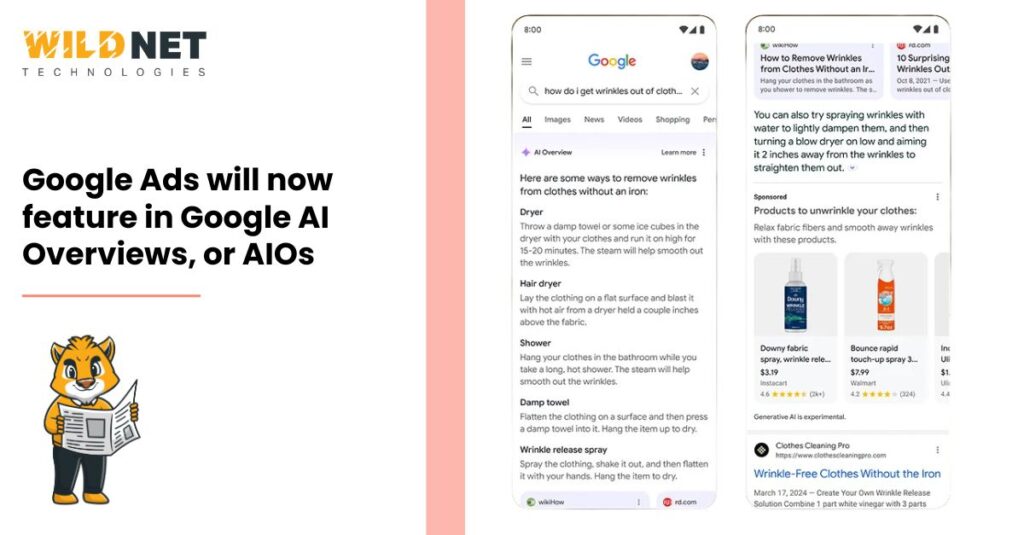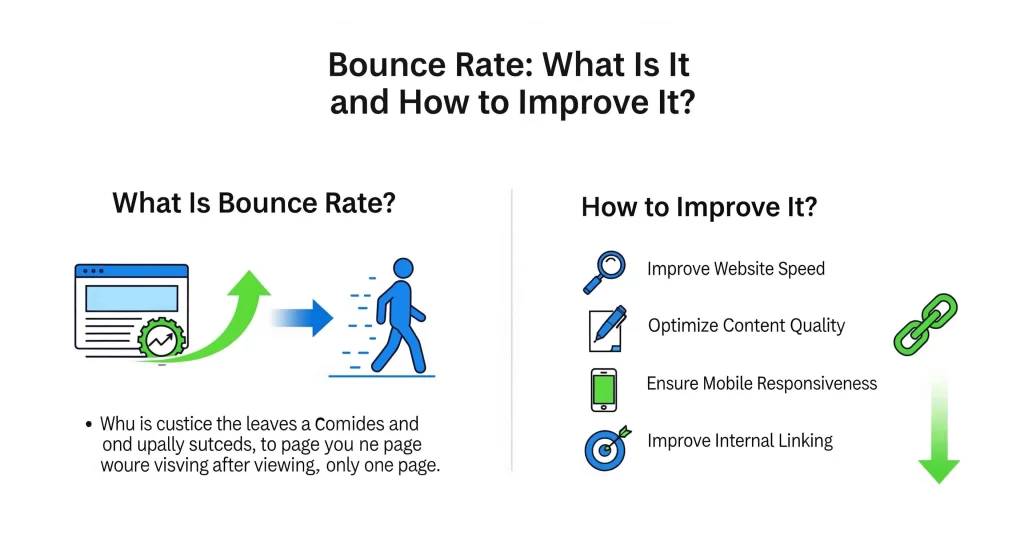In today’s digital world, brands want a deeper understanding of their customers what they search for, what they buy, and how they interact across websites. The marketing strategy that makes this possible is known as Cross-Site Tracking, also called Behavioral Targeting.
This strategy helps businesses monitor user behavior across multiple platforms and deliver customized, relevant advertising that improves conversions.
How Does Cross-Site Tracking Work?
When you visit a website, small tracking files called cookies are stored in your browser. Third-party cookies, mainly from advertising networks such as Google and Meta, track your behavior as you browse different websites.
Marketers use this browsing information to build user profiles and create highly targeted ad campaigns based on:
- Browsing and search behavior
- Device and location
- Products viewed or added to cart.
- User interest categories
This enables brands to reconnect with customers at the right time with the right message.
Why Do Digital Marketers Use Behavioral Targeting?
Behavioral Targeting is used to:
- Increase sales through remarketing
- Improve ad relevance and engagement.
- Optimize marketing budget and reduce waste.
- Understand complete customer journeys.
- Deliver personalized user experiences.
Instead of random ads, users see content aligned with their interests, improving trust and retention.
Real-Life Example of Cross-Site Tracking
Imagine you are searching for a new laptop on an e-commerce website. You click on a few models, compare prices, read reviews, and even add one to your cart but you leave the site without completing the purchase. At this moment, a third-party cookie has already recorded your interest in that specific laptop and your browsing behavior.
After some time, you open Instagram, watch YouTube videos, browse a tech blog, or read daily news online. Suddenly, you notice ads displaying the same laptop sometimes with a special discount or “Buy Now” offer. It may feel like the internet is reading your mind, but in reality, advertising platforms are using behavioral targeting.
What’s happening behind the scenes?
- Your browsing activity is tracked through cookies or unique identifiers.
- This data is shared with advertising networks such as Google and Meta.
- These networks match your profile across different websites and apps.
- They trigger remarketing ads to remind you of your previous interest.
The purpose is simple — to bring you back to the website and complete your purchase.
This approach is highly effective because users who have already shown interest in a product are far more likely to buy it. Brands don’t need to guess what you want — your behavior has already revealed it. That’s the real power of Cross-Site Tracking.
Privacy Concerns and the Future of Tracking
Due to rising data privacy concerns and global regulations like GDPR, CCPA, and India’s DPDP Act, third-party cookies are being phased out by major browsers, including Chrome, Safari, and Firefox.
This shift is pushing marketers toward more ethical tracking practices, such as:
- First-party data strategies
- Server-side tracking
- Consent-based data collection
- AI-powered audience segmentation
Brands must now balance personalization with transparency and user consent.
Conclusion
The digital marketing strategy that tracks users across the web is called Cross-Site Tracking or Behavioral Targeting. It helps brands boost conversions and stay competitive, but future success depends on adopting privacy-focused analytics and more intelligent data management.
If your business wants to leverage advanced analytics, customer tracking, remarketing, or AI-based advertising while staying compliant with privacy laws, Wildnet Technologies is here to help. We are the best digital marketing company in India, offering expert AI-powered Digital Marketing Services to scale your business growth.
Contact our team today to transform your marketing into performance-driven success.
FAQs
1. What is cross-site tracking in digital marketing?
It is a technique used to track users across different websites using cookies or identifiers to deliver personalized advertising.
2. Is cross-site tracking legal?
Yes, but only when done transparently, with proper user consent, and in compliance with privacy regulations.
3. Why are third-party cookies being removed?
To improve user privacy and limit unauthorized tracking of personal behavior.
4. What replaces third-party cookies in the future?
First-party data, server-side tracking, contextual advertising, and AI-powered targeting are emerging alternatives.
5. How can businesses prepare for a cookieless future?
By investing in ethical data collection, privacy-compliant remarketing, and technologies supported by expert agencies like Wildnet Technologies.
Read more







